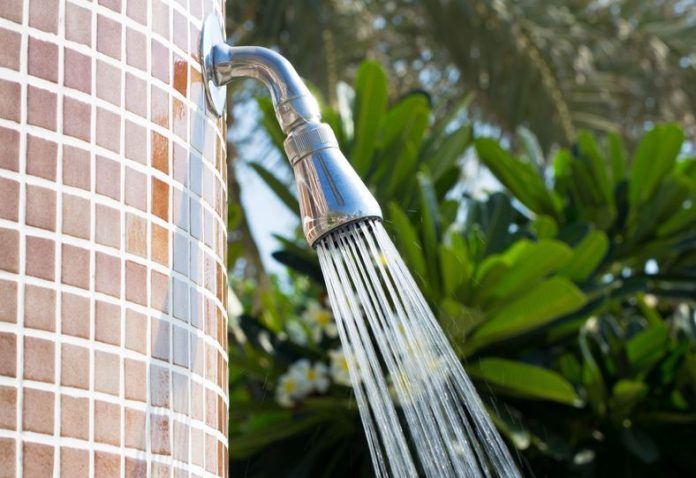Clean running water, an absolute necessity to our very survival, is also incredibly handy around the house. So handy, in fact, that most of us use it wastefully at least part of the time.
As our growing population strains our water resources and infrastructure to the limits, costs for providing water will escalate. We can minimize those costs by employing a few simple water conservation methods in our homes.
We benefit in many ways by cutting down on household water use. Using water wisely by taking short showers, for example, or running only full loads in the washer or dishwasher results in additional savings by using less energy and less detergent.
By practicing water conservation at home we encourage our children to accept that natural resources are not in endless supply – a reality their generation will be forced to accept – a reality our generation too often chooses to ignore.
Saving water at home helps reduce or eliminate costs for infrastructure such as new or upgraded reservoirs, water treatment facilities, or sewage treatment plants. These are huge expenses that are passed on to homeowners through municipal taxes.
Enough said. Here are 12 ways to save water in your home:
1. Check for leaks. If you have a water meter, read it before and after a two-hour interval when no one is using any water. If it doesn’t read exactly the same, you have a leak somewhere in your house.
2. Find and fix leaks. Replace washers on dripping faucets. A drip rate of one drop per second wastes 1,000 liters per month (about 3,000 US gallons per year).
Toilets are another common source for leaks. Check by putting a few drops of food coloring in the tank. If the color appears in the bowl after about half an hour, you have a leak. Replace worn parts. They’re cheap and the repairs are easily done.
3. Toilets are responsible for 30-40% of household water use. Avoid flushing unnecessarily. Don’t put anything down the toilet except toilet waste.
Don’t be afraid to let it mellow if it’s yellow. Tissues, dead spiders, hairballs, and other assorted trash belong in the garbage can, not the toilet.
4. Replace older toilets. The current standard is 1.6 gallons per flush. Toilets 10 years old or older may use anywhere from 3.5 to 7 gallons per flush.
5. Take shorter showers. If you don’t have a low flow showerhead, get one that uses less than 2.5 gallons per minute. You’ll never notice the difference.
In fact, if you have low water pressure, you’ll get a better shower with a low flow showerhead. Some models have control to let you easily stop the flow while you suds up, then resume for rinsing. What a great idea!
6. Turn down one tap rather than turning up the other one to adjust the water temperature. It’s just as effective and uses less water.
7. Don’t let the water run while brushing your teeth or shaving.
8. Put aerators on all the faucets in your home.
9. Run only full loads in the washer or dishwasher, or adjust the water level for smaller loads. Choose water-efficient appliances.
Front-loading washers use about a third less water than top-loading. Some washing machines are available with a suds-saver option that drains wash water into your laundry tub to be reused for another load.
10. Start a compost pile in the yard to avoid wasting water by using a kitchen sink disposal.
11. Keep a jug of water in the fridge for drinking so you don’t have to run the tap waiting for the water to cool. If you’re on municipal water, this practice has the added advantage of reducing the chlorine content as some of the chlorine escapes from the water into the air while it sits in the jug.
12. Collect the water that would otherwise be going down the drain while you’re waiting for the hot water to reach your faucet. You can use it for watering plants or cleaning.

